Our project goal is that people start to shop plastic-free. To achieve this, we first needed to evaluate how much plastic is currently being purchased and whether people are willing to spend a little more money to buy plastic-free or not. Our goal is that even after our project, the people who have participated in our project, read our report, or heard from it choose to shop with fabric bags etc. and reduce the use of plastic through shopping.
The collaboration partners
To make our results more relevant, we conducted the experiment not only in Switzerland, but also in India, Italy and New Zealand.
The following people took part:
Switzerland Zurich:
India Kerala:
Italy Borgo Valsugana:
New Zealand New Plymouth:
Vision
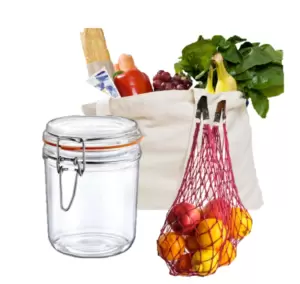
First our idea was to produce a so called “shopping kit” consisting of a fabric bag, a fruit net, a wax cloth and a preserving jar. We would have printed our self-designed label on it and sent it to our collaboration partners in different countries. Unfortunately, this failed for two main reasons which we will explain under the point “problems”.
The idea was to find out how much plastic waste people produce when they shop for groceries.
Results
Switzerland
In Switzerland, about one million tons of plastics are consumed annually – equivalent to 125 kilograms per person (reference year 2010). Around 250,000 tons remain in use for a long time as durable products (e.g. plastic window frames).
In Switzerland a lot of people already use their own bags for shopping. We even have shops where all the products on sale are unpacked. Here (minimalwaste.ch) you will find a list of some of these shops.
Personally, we use fruit nets whenever we buy fruits. They are not only environmentally friendly, they are also very practical. We also use a lot of recycled bags, and they look like this:
Waste
India
India consumes around 14 million tonnes of plastic per year (reference year 2019).
In a global comparison, Indians consume significantly less plastic per person than the average (11 kilograms compared to 28 kilograms). Nevertheless, 15,000 tonnes of plastic waste are generated nationwide every day. Of this, 9,000 tonnes are collected and recycled, at least according to the government.
In India, less and less plastic is being used. From July 2022, the government has banned single-use plastic. In larger shops, plastic has not been used for a long time, but for smaller shops it is a big cost.
Here (science.thewire.in) you can find an article with some more informations and details.
Interview
Aloyshius Joshy lives most of the time in India and some times in Dubai. We asked him how people shop in India, whether there have been any changes since the plastic ban and whether shops are complying or not.
He gave us some information about plastic bags in India and Dubai.
Shelfs in indian shops:
In India the plastic is beeing collected every second day with a big lorry.
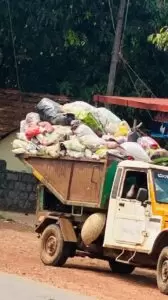
Waste
Italy
Of the 24 million tons of plastic waste generated annually in Mediterranean countries, 6.6 million tons is disposed of in an uncontrolled manner – that is, either not collected at all or disposed of in illegal landfills or in the open countryside.
In Italy, waste is separated. Plastic and paper are disposed of separately. . After a few days, the garbage cans are placed in the streets and emptied. After that you can take the garbage cans back inside.
Shelfs in Italy:
Waste
New Zealand
In New Zealand, cosmetic products containing microplastics have been prohibited since 2018. This affects various products, from shower gel to toothpaste. In order to protect the environment even better, New Zealand also wants to ban plastic bags in 2019.
Shelfs in New Zealand:
Shopping in New Zealand
In New Zealand they don’t use plastic bags. All bags are recycled or cotton bags.
Survey
General information
A total of 221 people took part in our survey. From the following countries and at the following ages:
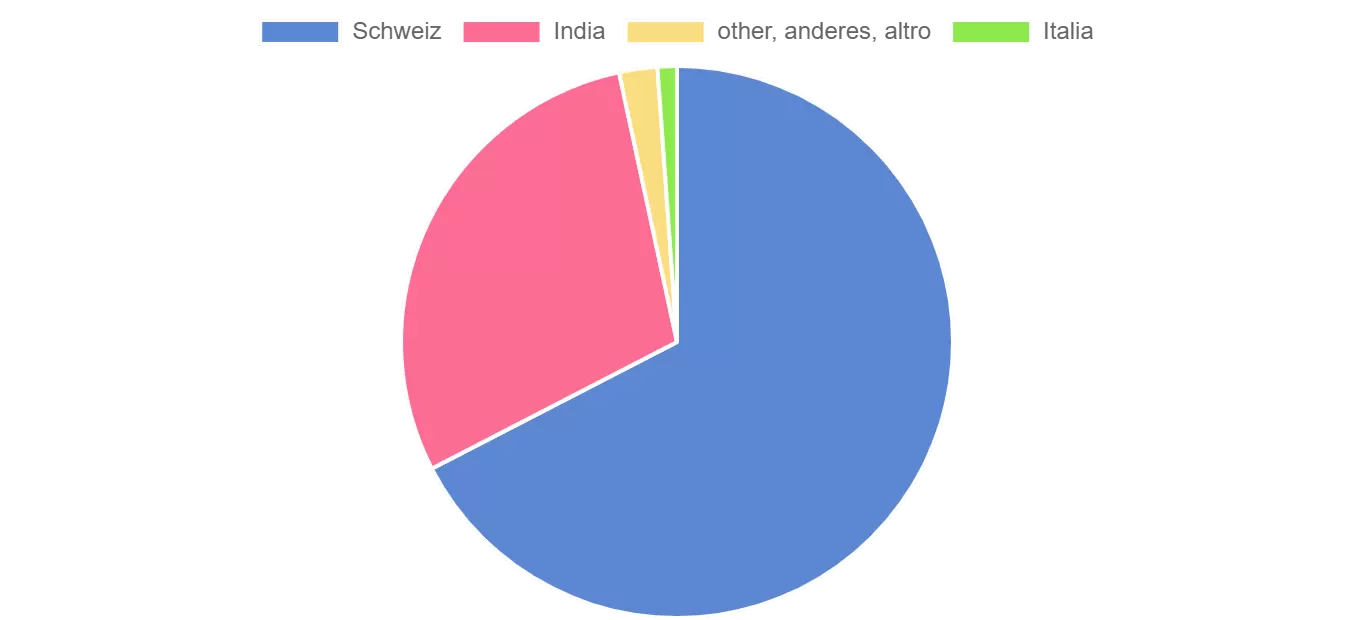
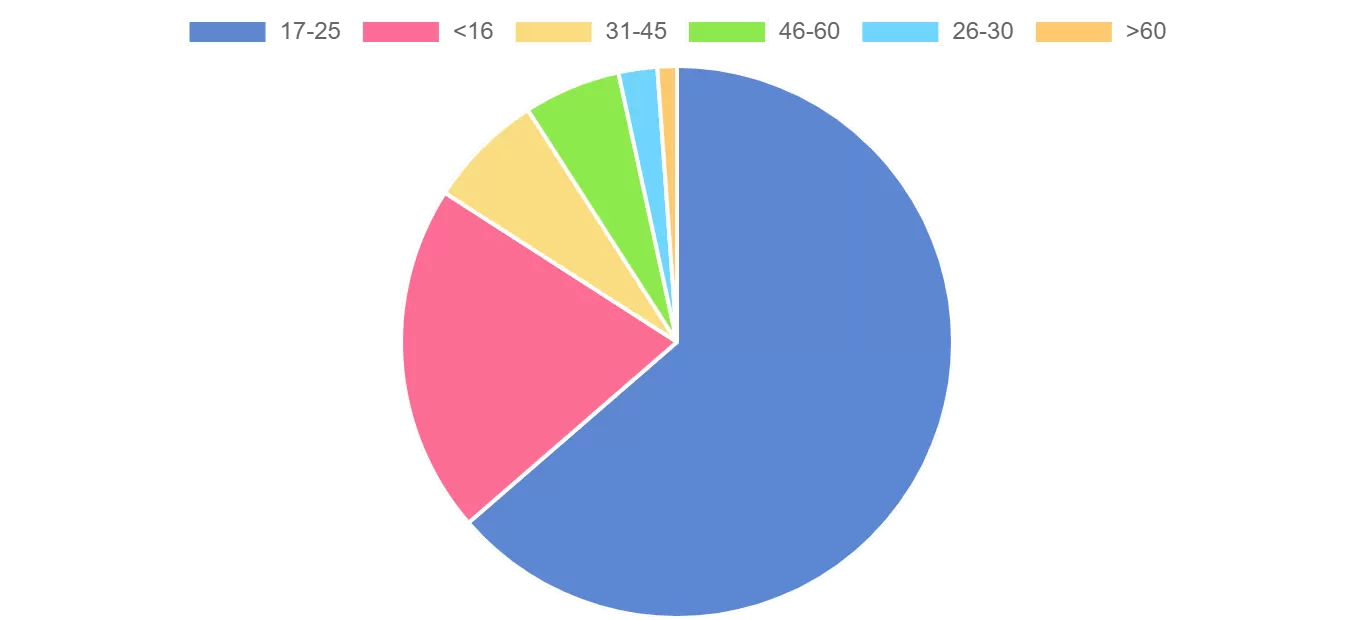
Awareness
4% of participants said they knew nothing about waste from shopping. 40% actively pay attention to their plastic consumption. Only 5 people don’t at all and the rest at least a little.
Consequences
Consequences such as ocean pollution, global warming, and health problems are mentioned most often in response to the question “What consequences are you aware of”.
Willingness to really do something
We wanted to know how much people are willing to spend more for sustainable packaging. There was everything from CHF 0.10 ($0.10, €0.09) to CHF 70.00 ($70.49, €66.83) a week.
Many already use their own cloth bags or go shopping in stores where everything is unpackaged. People should always use reusable packaging options.
Some people are demanding stricter measures on packaging from their governments. Ideas such as surcharges for plastic packaging or plastic bans were also often mentioned.
Problems
Since we didn’t have any money from the school, we made a donation request to various organizations and parties like the Green Party. We wanted to use this donation to produce and send the shopping kits. Unfortunately, we have not received any feedback from them until today.
So one of our biggest problems is the money. We did not have enough money to produce the kids let alone send them to the different countries. And sending them to India and Italy would be harmful to the environment.
We also realized that the main problem is not with the transportation products, but with the packaging. So this “shopping kit” would not have the desired effect.
Reflection
In general it was an interesting project an we leanrned a lot. It’s not easy to work with different people in different countries with different time zones. We underestimated how much time this project will claim. We hope that people who will read our post question their own plasticconsuption and maybe also use the videos to creat their own sustainable shopping Kit.
Any questions or suggestions? Leave a comment 🙂
Ideas for sustainable packaging
Here are a few ideas to reduce plastic consumption while shopping.
- use cloth bags and fruit nets for shopping.
- use oilcloth for wrapping
- buy food without plastic packaging (e.g. at weekly markets)
- prefer more environmentally friendly plastic packaging
Interested? You can find DIY videos here:
How to Sew a Simple tote Bag (youtube.com)
Bienenwachstuch herstellen (youtube.com)
DIY Obstbeutel Gemüsebeutel selbst nähen (Upcycling) (youtube.com)
Link to general information
New Zealand wants to abolish single-use plastic bags (srf.ch) (german)
These countries have already banned plastic (plastikalternative.de)
if you liked this article, check out the following ones:
What happens with a plastic bottle after it’s thrown into the recycling bin? (dontwastemy.energy)
Plastic Bags – only used for 12 minutes (dontwastemy.energy)
How Switzerland tackles littering (dontwastemy.energy)
☷ See the project teams here »
☵ Some words about the contributions »
☴ Our sponsors and partners » (the-horse.education)






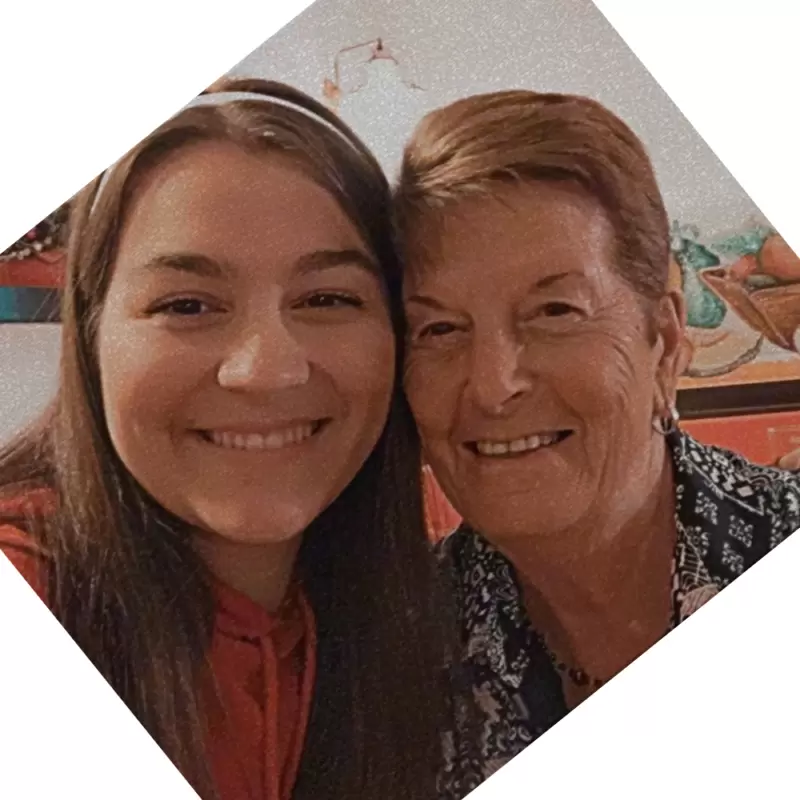



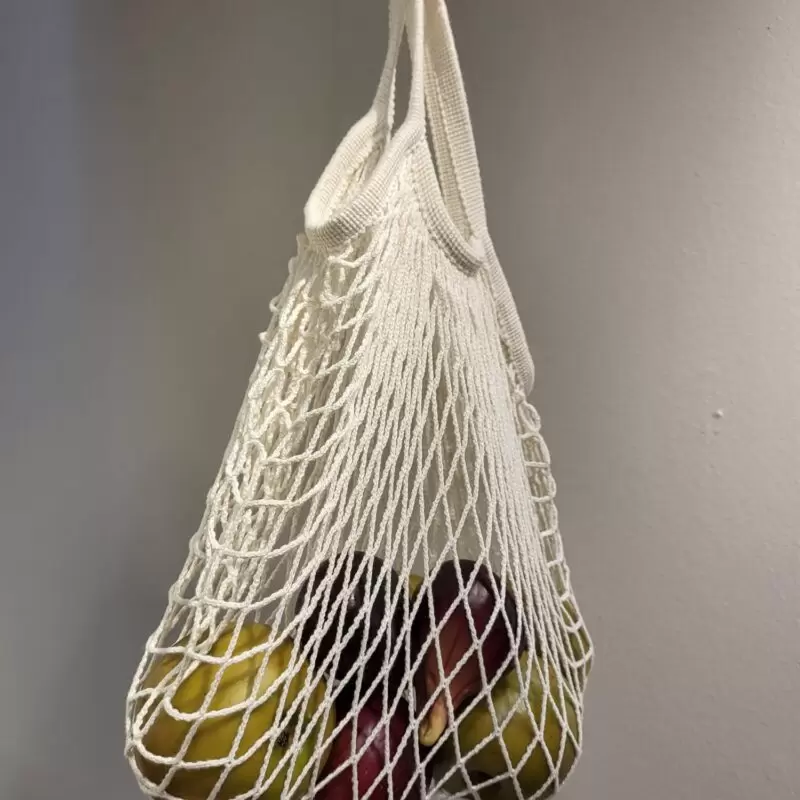
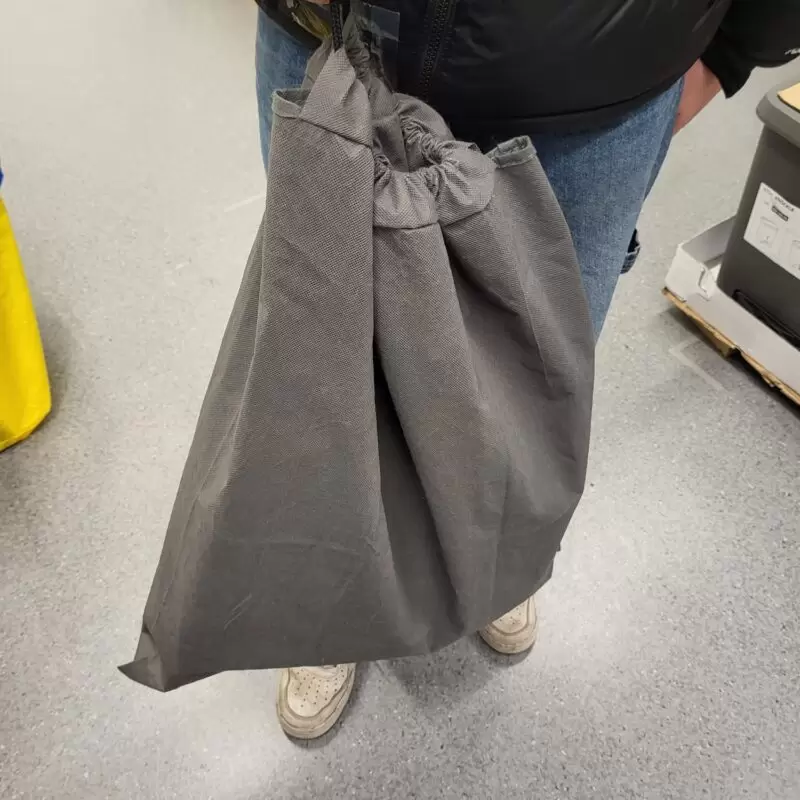






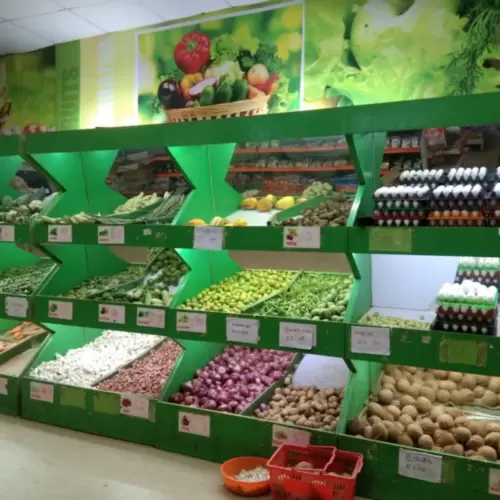






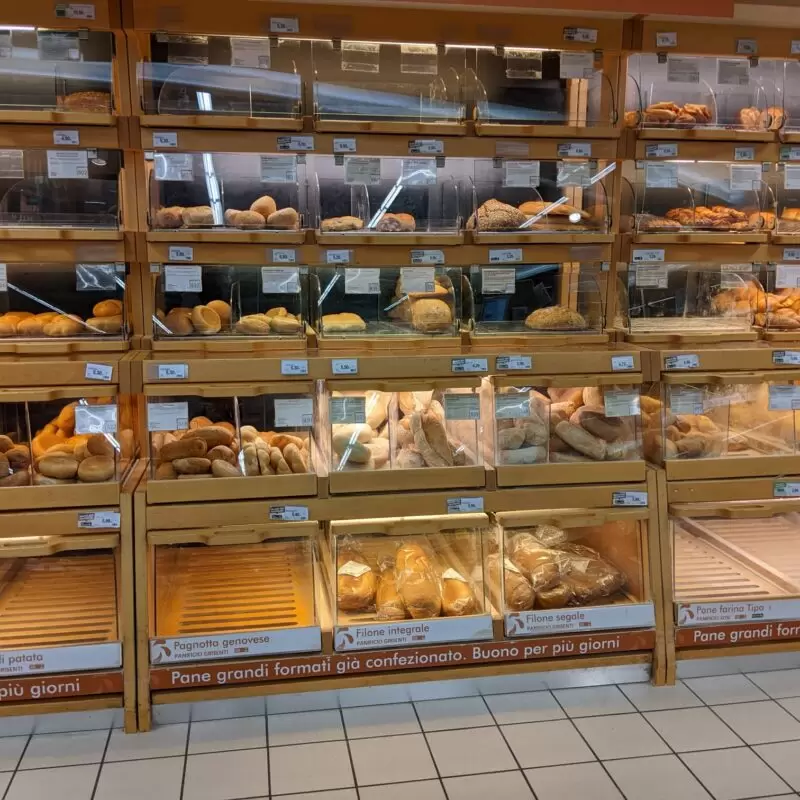
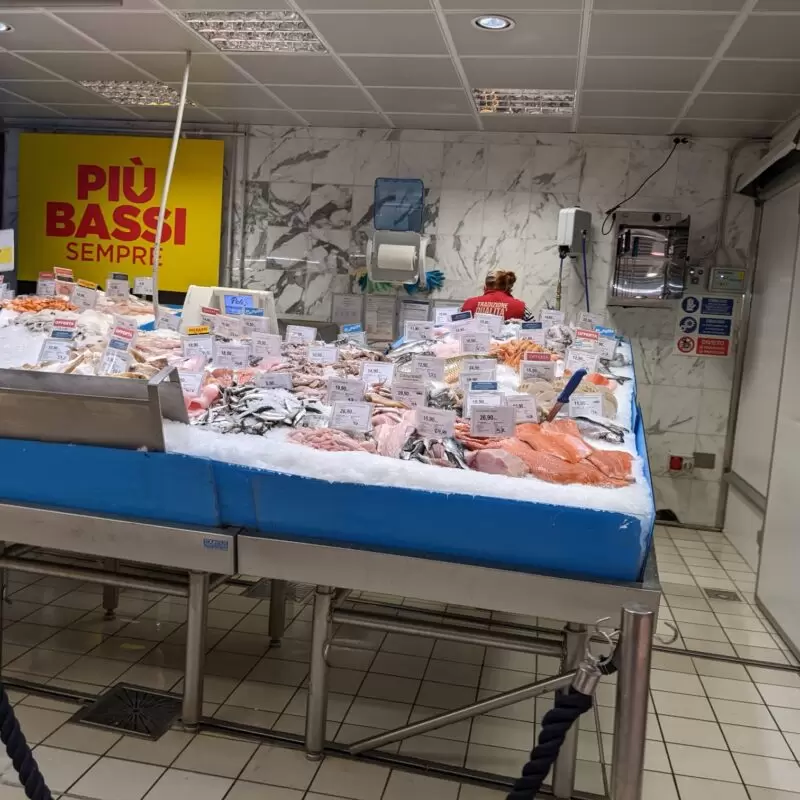
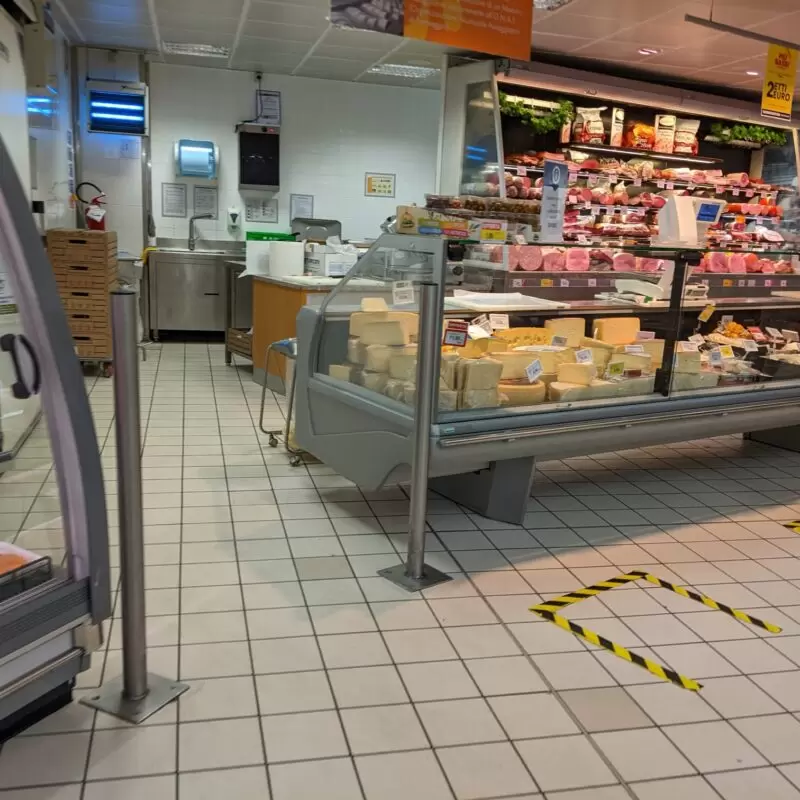


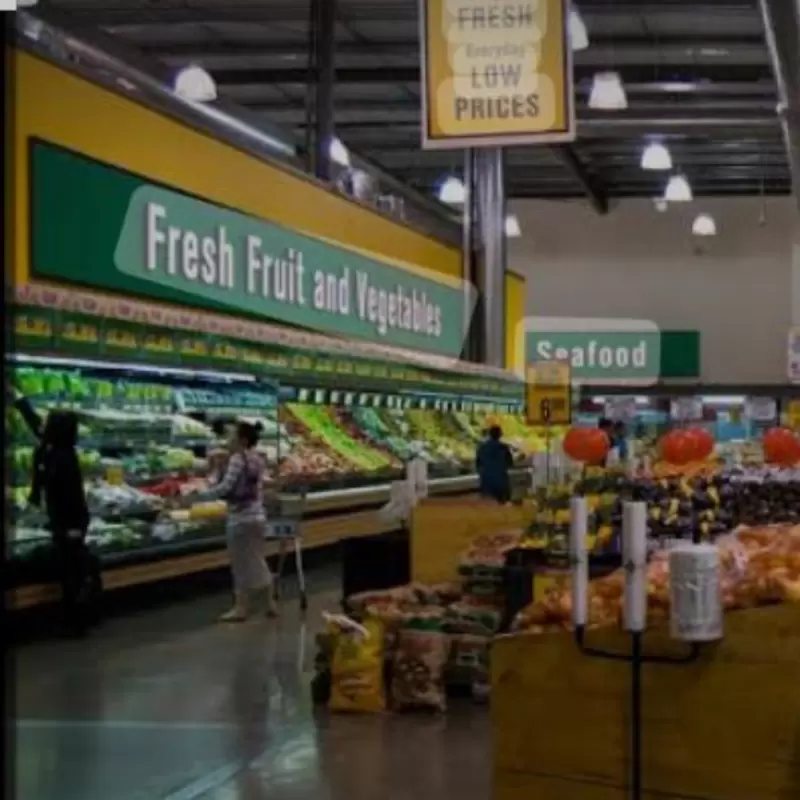



This article raises such a relevant point—so many of our everyday shopping habits contribute to plastic waste without us realizing it. I especially appreciated the emphasis on awareness and individual responsibility. It’s encouraging to see practical tips like carrying reusable bags and choosing bulk items being discussed. As consumers, these small adjustments can collectively make a big environmental impact. Thanks for highlighting the power of conscious shopping—looking forward to more content like this!
From the team of https://tricityecowarriors.com
Thanks for your comment! You’re absolutely right – small changes in our daily habits can add up to a big impact. Conscious shopping is a key step toward reducing waste and promoting sustainability. But to truly make a difference, we also need supportive structures and incentives that make sustainable choices easier and more accessible for everyone. It’s a shared responsibility between individuals, businesses, and policymakers.
Best, Francis from The Horse project team
https://the-horse.education
I find the project very interesting. Especially the part where you want to ship some stuff to India. I found that really impressive. Unfortunately it didn’t work for you but the outcome of the project is still a great success. The photos have a good quality and you can imagine the collaboration partners very well. It’s incredible that the project contains partners from Italy and India and even from New Zealand. That surprised me. You did a great project and you can learn different things which are maybe useful in our future.